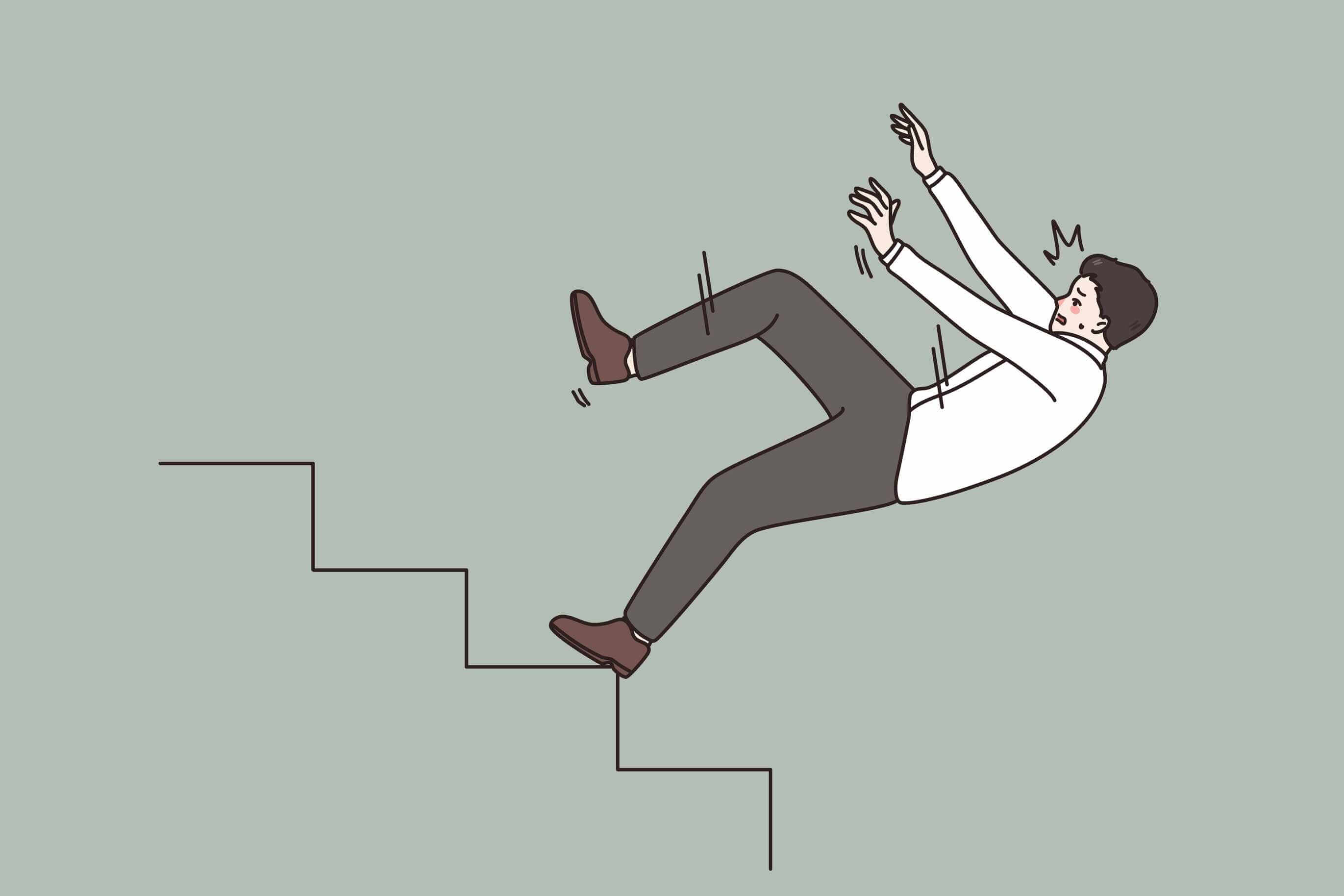Geriatrics, Vol. 10, Pages 68: Case Report: Multifactorial Intervention For Safe Aging In Place

Geriatrics, Vol. 10, Pages 68: Case Report: Multifactorial Intervention for Safe Aging in Place
Geriatrics doi: 10.3390/geriatrics10030068
Authors: Ashwini Kulkarni
Background/Objectives: Falls are a leading cause of morbidity in older adults, particularly those with multiple comorbidities. A multidisciplinary approach addressing physical, psychological, and environmental factors is essential for reducing fall risk and supporting aging in place. This report evaluates the effectiveness of a multidisciplinary, multifactorial approach in managing high fall risk in an older adult with diabetes, hypertension, and osteoporosis. Methods: A 72-year-old woman with a recurrent history of falls participated in an 8-week intervention as part of the American Physical Therapy Association (APTA) balance and falls prevention credential program. This study was conducted in Virginia Beach, USA, at the participant’s residence. A single-subject design investigation was conducted, measuring outcomes including the Balance Evaluation Systems Test (BESTest), gait speed, Timed Up and Go (TUG), fear of falling, and balance confidence at baseline and post-intervention. Results: The participant had impaired baseline values across various variables and was classified as a recurrent high-risk faller. After 8 weeks of intervention, clinically meaningful improvements with large effect sizes were observed: self-selected gait speed improved by 25%, BESTest scores improved by 50%, Falls Efficacy—International (FES I) scores improved by 26%, and Activity Balance Confidence (ABC) scores improved by 26%. No falls or adverse events occurred during the intervention period, and the patient reported enhanced mobility and safety at home. Conclusions: A tailored multidisciplinary approach effectively addressed the physical, psychological, and environmental factors contributing to high fall risk. This highlights the importance of patient-centered interventions in managing fall risk and promoting safe aging in place. Continued education, environmental adaptations, and regular follow-up are essential for long-term fall prevention.
Popular Products
-
 Orthopedic Shock Pads For Arch Support
Orthopedic Shock Pads For Arch Support$71.56$35.78 -
 Remote Control Fart Machine
Remote Control Fart Machine$80.80$40.78 -
 Adjustable Pet Safety Car Seat Belt
Adjustable Pet Safety Car Seat Belt$57.56$28.78 -
 Adjustable Dog Nail File Board
Adjustable Dog Nail File Board$179.56$89.78 -
 Bloody Zombie Latex Mask For Halloween
Bloody Zombie Latex Mask For Halloween$123.56$61.78